Visiting the Vatican Beyond the Beaten Path
Two crossed keys are on the Holy See and Vatican City’s coat of arms to commemorate the keys of the kingdom, which Jesus of Nazareth, the Master of Galilee, gave to the apostle Peter, as Catholic Christians believe, in order to guide his Church, his flock. Two keys, with their teeth turned up to the sky and their handles down, in the hands of the Vicar of Christ, the earthly representative of God. The golden one meant to symbolize the spiritual power; the silver one temporal power.
Despite the fact that his territory has long since been restructured; the Roman Pontiff is still a head of state who retains his sovereignty in tact. Splendor of a glorious past still lends its charm to Papal Rome and celebrates the dual power of spiritual and temporal through the majesty of its edifices, churches, and monuments, erected in everlasting memory.
Artists, gathered over time from every part of the world, arrived in Rome to extol the achievements of the popes and the biblical adventures of holy personages. More concerned with creating a legacy for the sake of posterity, the artists, inspired by religious fervor, gave life to a mix of sacred and profane in the Roman Vatican, which still fills the visitor with emotion, generating reflections of meaning. One might ask, “What does all this have to do with faith?”
For many tourists, a visit to the Vatican goes no further than the noise of the crowd, which impatiently awaits entry into St. Peter’s, or ceases after the few photos taken inside the Sistine Chapel. But, if you manage to surpass the obvious, you can take part in a spectacular mass set against the baroque backdrop, where the principal elements of the scenic design are water, wind, and a cohort of angels, who conceal a universe of mystical symbols behind their anthropomorphism.
The triumphant walkway of the Sant’Angelo Bridge is protectively flanked on either side by angels that seem to lead to another tourist site. Gian Lorenzo Bernini, sculptor to the papacy and the genius behind the colonnades of St. Peter’s Square, took it upon himself to create this marvel in the 17th century – a symbolic passage towards the Holy City.
The angels depict the Passion of the Christ by holding in their hands instruments from the Passion, such as whips and crosses; they act as reminders to those, who must bring themselves before the glorious powers that be, that the power of the Church lay in Christ’s martyrdom. And perhaps, it will have been this widespread sentiment that swept through St. Peter’s Square, and the squares of the world, when, from the central balcony of St. Peter’s Basilica, the name of the new pope, elected after the resignation of Benedict XVI, was announced.
He chose to be called Francesco, a name never uttered in St. Peter’s. A name that rang out clearly to the ears of those awaiting the new pope. Francesco constitutes a world that unveils himself surprisingly of the ordinary and beckons the Church back to its original revolutionary force. He summons the Church to its duty of putting on an apron and serving, in order to give justification for the hope that is within it. The hope to shout the truth from the rooftops, to tenderly embrace the afflicted, to open the closed windows of egoism to the compassion that saves.
Pope Francesco allowed himself to be seen by the world, remaining silent in front of the incredible expanse of the silent crowd that awaited his speech. Without grandiose language, he filled the piazza below, and those of the world, with unexpected words to those awaiting his benediction, when he instead asked for the blessing of the people. It was a powerful gesture that went beyond the symbolic. It demonstrated compassion from one who has power and who knows that his power comes from God, but also that it would be blasphemy if that power was not used to serve mankind with love. Pope Francesco , who came from so far away, almost from the ends of the world, immediately wanted to underscore that his mission is that of a bishop’s – a pastor with the people and among the people.
Francesco is a name that I dreamed of for a pope ever since I was a boy. I thought that only the name of the impoverished Francesco d’Assisi for a pope would have been able to initiate a new course in the history of the Catholic Church. Francesco d’Assisi has come to be considered, and rightly so, the saint most representative of the past millennium. Even when a deeply secular newspaper like the Times had to choose to whom they would dedicate their cover story, commemorating the man of the millennium, they had no doubts about dedicating it to Francesco of Assisi.
His story generated admiration for a peaceful revolution that inspires all of us and makes us reflect; for his is a personal story that stands for the choice of embracing poverty. Further still, in transforming his position of social privilege into a new opportunity for encounters, he devoted himself entirely, giving more than his material wealth, to the most humble. But in reality, his profound conversion is intrinsically linguistic, revolutionary in the symbols and in the words of which few were popular in the Church at the time. The majority of his contemporaries in Europe were conventional believers, but not evangelized.
The Franciscan revolution, the renewed revolution of Europe’s evangelization, is really the choice of symbolic, structural, linguistic, and interpretative places in order to better pass along the proclamation of the Word. Many have demanded that the Church overcome its scandals, follow a life more in keeping with its mandate, continue to proclaim the truth of the Word, be more present in the painful wounds of the time, and demand an extraordinary force of the Word’s adaptation to the changing affairs of humanity.
While the Church requires an internal purification, the Holy Spirit has given us a pope named Francesco. The world has been longing for this moment. To those who thought that the Church was already a relic of the past, a prisoner of its problems, to those who tried in every way, within and beyond its walls, to transform it into a field of shameful battles, today they have the happy response of the people for that name which is shouted to the heavens. A name that has kindled the hope of believers and that can express words of innovation to the world.
The visitor, either a believer or non-believer who will soon arrive in Vatican City, knows that in order to understand the majesty and the contradictions of St. Peter’s Square, which is among the largest in the world, s/he had to first cross the Sant’Angelo Bridge in order to focus, in a single glance, on the wonder of an enchantment. The significance of an event passes through its comprehensive meaning together with its basic one, because to be spectators of only one part means to not enter fully into the understanding of the whole and to remain outside of the entire script.
Now, even Pope Francesco is part of the thousand-year old history of the Church, which, from time immemorial, walks tirelessly through grace and sin. The visitor to Papal Rome may perhaps be quick to judge the inadequate popes, but s/he will surely be moved by the lives of those instead who are the heroes and saints.






























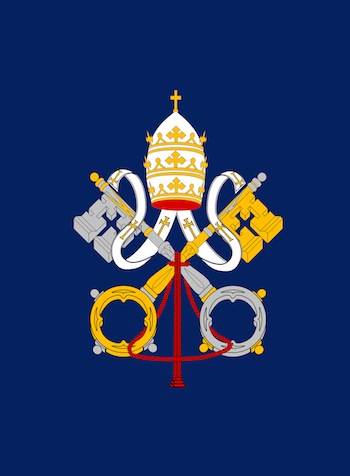
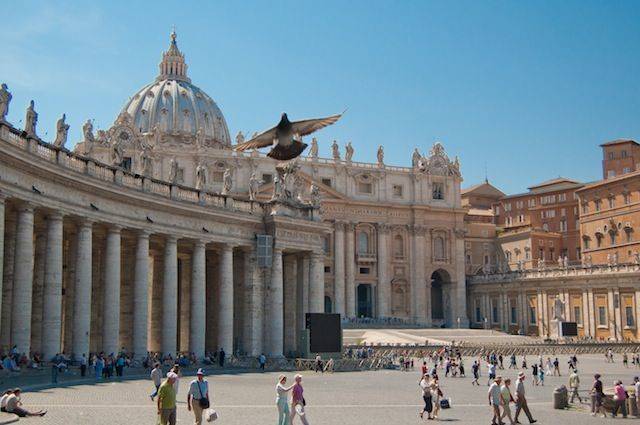
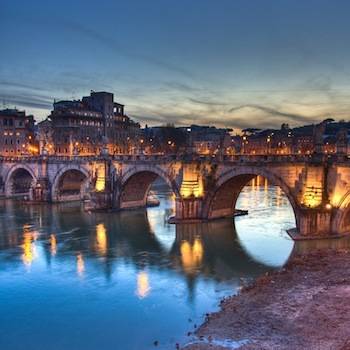
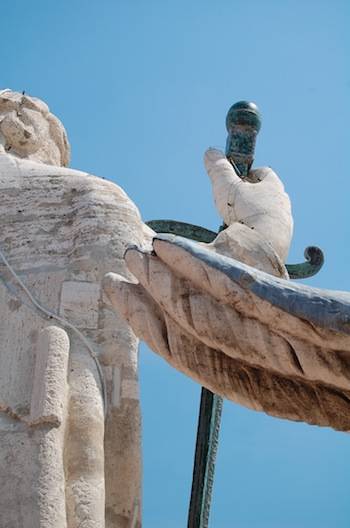
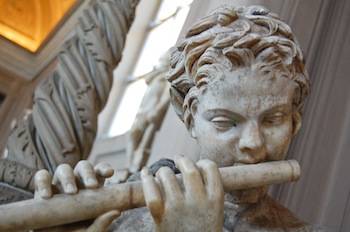




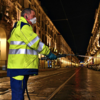

i-Italy
Facebook
Google+
This work may not be reproduced, in whole or in part, without prior written permission.
Questo lavoro non può essere riprodotto, in tutto o in parte, senza permesso scritto.